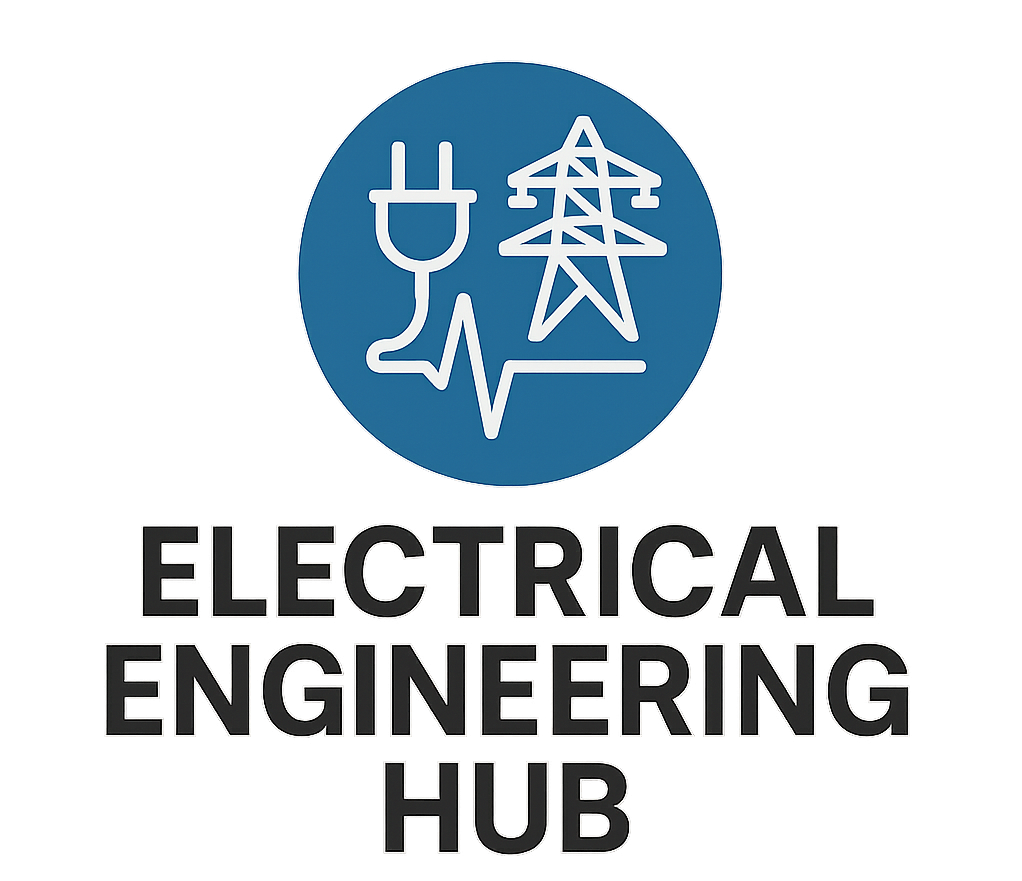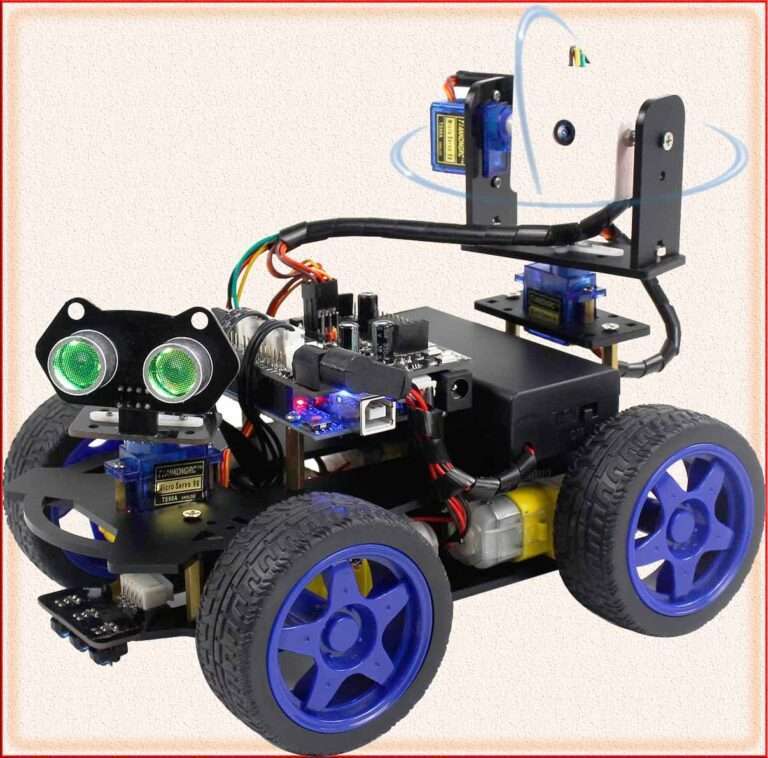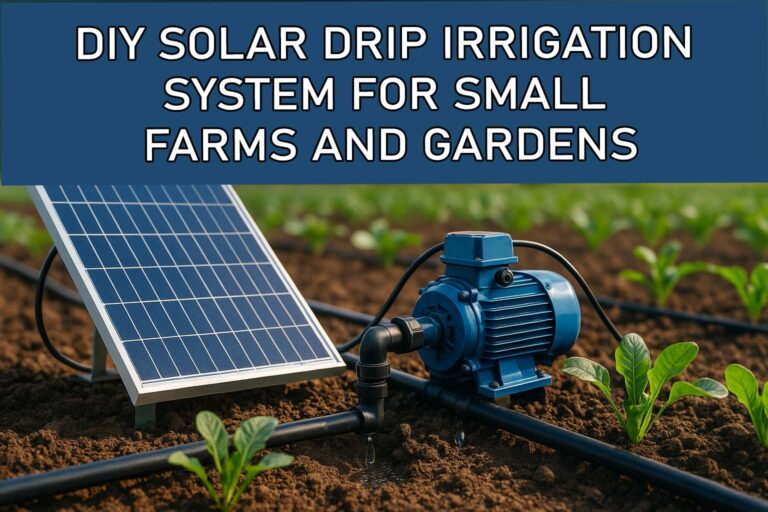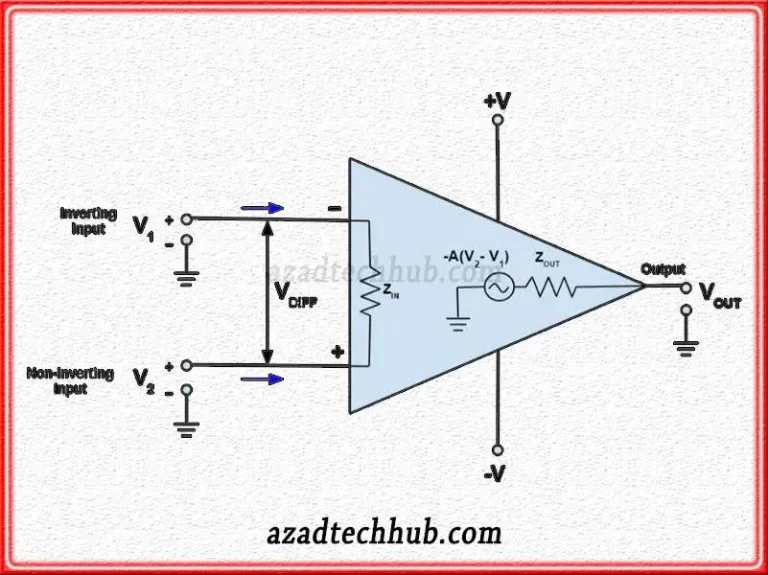Arduino AccelStepper NEMA 17: A Complete Guide
Understanding Arduino AccelStepper NEMA 17 Basics
When you begin working with stepper motors, the Arduino AccelStepper NEMA 17 setup is one of the most common and versatile choices. It’s widely used in robotics, 3D printers, CNC machines, and automation projects. The combination of the AccelStepper library and the NEMA 17 motor offers smooth motion, speed control, and accurate positioning. The AccelStepper library enhances the basic Arduino stepper functionality by allowing acceleration and deceleration, making motor movements smooth and safe.
What is a NEMA 17 Stepper Motor?
The term NEMA 17 refers to the motor’s faceplate size. It stands for “National Electrical Manufacturers Association” and 17 denotes a size of 1.7 inches or 42 mm square. A NEMA 17 stepper motor typically has 200 steps per revolution. That means it moves 1.8 degrees per step. It offers decent torque and is ideal for precision projects. These motors are bipolar, meaning they have two coils, and need a driver capable of switching the current direction.
Why Use the AccelStepper Library with Arduino
The default Arduino Stepper library works, but it’s limited. It cannot handle acceleration, deceleration, or non-blocking movement. This is where the AccelStepper library comes in. It allows the Arduino AccelStepper NEMA 17 setup to run smoothly without halting the main loop. You can run multiple motors, manage speeds on the fly, and maintain control with precise timing. This is crucial when you need real-time control in complex systems.
Connecting Arduino AccelStepper NEMA 17 Components
To use an Arduino AccelStepper NEMA 17 setup, you’ll need the following:
- NEMA 17 stepper motor
- Stepper driver like A4988 or DRV8825
- Arduino board (Uno, Mega, Nano, etc.)
- Power supply (usually 12V for optimal torque)
- Capacitor (100 µF between VMOT and GND to protect the driver)
- Breadboard and jumper wires
The wiring is straightforward. Connect the stepper motor to the driver module. The driver’s STEP and DIR pins connect to the Arduino. Also, make sure the EN pin is either grounded or properly managed. Power up the motor driver with an external power source. Do not power it directly from the Arduino, as the current requirement exceeds what the board can supply.
Sample Arduino Code Using AccelStepper with NEMA 17
Here’s a simple example using the AccelStepper library:
#include <AccelStepper.h>
AccelStepper stepper(1, 3, 4); // 1 = Driver mode, 3 = STEP, 4 = DIR
void setup() {
stepper.setMaxSpeed(1000);
stepper.setAcceleration(500);
}
void loop() {
stepper.moveTo(200);
stepper.runToPosition();
delay(500);
stepper.moveTo(-200);
stepper.runToPosition();
delay(500);
}
This code moves the motor back and forth by 200 steps. It accelerates smoothly to the desired speed and decelerates before stopping. This smooth control is why many prefer Arduino AccelStepper NEMA 17 solutions.
Setting the Right Current Limit for NEMA 17 Motor
The NEMA 17 can draw considerable current, often up to 1.2A or more. A4988 and DRV8825 drivers need to be adjusted using a small potentiometer. If you skip this, your motor might overheat, skip steps, or the driver could burn out. Measure the voltage on the VREF pin and match it to the motor specs. Always add a heatsink and a cooling fan if your motor runs continuously.
Power Considerations in Arduino AccelStepper NEMA 17 Projects
Power supply selection is key. A 12V power source is common, but some NEMA 17 motors need more torque and may perform better at 24V. Never power the motor directly from the Arduino. The external power goes to the VMOT pin on the driver. Be sure to include a capacitor between VMOT and GND. This helps prevent voltage spikes that could damage the driver.
Microstepping and Smoother Motion
Another advantage of the Arduino AccelStepper NEMA 17 setup is microstepping. Drivers like the A4988 allow you to set quarter, eighth, or even sixteenth microsteps. This improves resolution and makes movement much smoother. Use the MS1, MS2, and MS3 pins on the driver to set the mode. Combine this with AccelStepper’s speed and acceleration functions for excellent control in precise projects like camera sliders or CNC routers.
Tuning Speed and Acceleration in AccelStepper
The AccelStepper library lets you control max speed and acceleration with two lines of code. But setting them too high can cause missed steps or stalling. Always test your setup incrementally. Start with lower values and increase them while observing motor response. The balance between speed and acceleration depends on your load and power supply.
Controlling Multiple Motors with AccelStepper
One powerful feature of this setup is running multiple motors. The AccelStepper library supports it without blocking your main loop. You can create multiple stepper objects and control them independently. This is ideal for robotics, 3D printers, and XY plotting systems. The ability to run motors concurrently makes the Arduino AccelStepper NEMA 17 combination extremely flexible.
Common Troubleshooting Tips
If your motor is not moving:
- Check wiring connections twice
- Ensure power is connected to VMOT, not VDD
- Verify that EN (enable) pin is properly set
- Make sure the Arduino code matches the pin configuration
- Adjust the current limit on the driver
- Use a multimeter to confirm voltage and continuity
If the motor is vibrating or stuttering:
- Lower the speed or acceleration
- Try using microstepping
- Secure the motor to reduce vibrations
- Ensure power supply can provide enough current
Real-World Applications of Arduino AccelStepper NEMA 17
This setup is commonly used in:
- 3D printers for X, Y, Z, and extruder axes
- CNC machines for cutting and engraving
- DIY camera sliders for smooth video shooting
- Robotic arms and grippers
- Automated lab equipment for precise movement
Its versatility and cost-effectiveness make it a favorite for hobbyists and professionals alike. The setup doesn’t need expensive components. Just a basic understanding of wiring and code gets you going quickly.
Combining Arduino AccelStepper NEMA 17 with Sensors
To add more intelligence to your project, combine your setup with sensors. Use limit switches to set home positions. Add encoders for feedback. You can even integrate ultrasonic sensors for obstacle detection. Using sensor input, the AccelStepper library can adjust motion in real time. This is important in autonomous robots and interactive installations.
Upgrading Your Setup with Advanced Features
As you get comfortable, consider these upgrades:
- Replace A4988 with TMC2208 or TMC2209 for quieter motion
- Use an LCD with encoder knob for real-time control
- Add EEPROM support to save motor positions
- Use interrupts to trigger movement events
- Integrate with wireless modules like ESP32 or Bluetooth for remote control
Each improvement brings more control and a professional touch to your project. The Arduino AccelStepper NEMA 17 combination grows with your skills.
Final Thoughts on Arduino AccelStepper NEMA 17 Projects
The Arduino AccelStepper NEMA 17 setup is a powerful solution for precision movement. It is flexible, affordable, and scalable. With proper wiring, the right driver, and optimized code, you can build projects that rival professional-grade equipment. Whether you’re making a 3D printer, CNC machine, or robotics project, this combo delivers results. Focus on safe power practices, always tune current limits, and enjoy the satisfaction of motion control done right.
Follow Us on Social:
Subscribe our Newsletter on Electrical Insights for latest updates from Electrical Engineering Hub
#Arduino, #AccelStepper, #NEMA17, #StepperMotor, #ArduinoProjects, #Robotics, #MotorControl, #ArduinoTutorial, #DIYElectronics, #CNCProjects, #Microcontroller, #3DEngineering, #TechDIY, #MakersGonnaMake, #IoTProjects




What’s Happening i’m new to this, I stumbled upon this I’ve found It positively useful and it has aided me out loads. I hope to contribute & aid other users like its aided me. Good job.